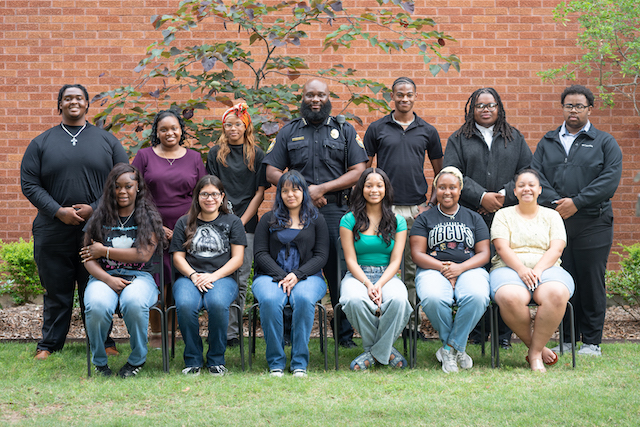The statues are coming down, finally
Published 7:03 pm Tuesday, May 2, 2017
Last week the Confederate statues in New Orleans began to come down.
The city has (or had) quite a few statues and monuments in various public spaces; and their removal, since it was approved by the city council in 2015, has sparked outrage from basically everyone. But from no side so much as the pro-statue side.
As CNN reported, “In the dark of night, workers wearing masks and tactical vests arrived Monday at New Orleans’ Battle of Liberty Place monument to take it down.”
The removals continue this week, with no advanced notice as to lessen the chance of attacks. At some point in the future, the statues will be put on display in a museum of some sort and this is good. They belong in a museum. They do not belong on public streets and in public squares; they never did.
The history of Confederate markers is not well known, though it is fascinating. Cities across the South, and virtually any and all sizes have at least one statue. Oxford, Mississippi, where I studied the history of the South and which has a population of barely 23,000 people has two Confederate markers.
And for what?
It seems odd, at first, that a losing side would erect monuments to their defeated cause. Memorializing such a painful, massive and disruptive loss seems on the one hand nothing short of morbid. But, remember, markers may be historic, but they are not history itself; and they send a message beyond the names and dates on the plaques.
Consider Memphis, Tennessee.
The Confederate lieutenant general and early Ku Klux Klan member Nathan Bedford Forrest died in that city in 1877. And, like so many men and women before him, he was buried in Elmwood Cemetery. He did not stay buried.
In 1905, the city’s leaders moved his remains to a downtown park where they built a statue to honor the man. The statue faced north, of course, like they all do, in brave defiance.
Most of the Confederate markers popped up around this time. Some began appearing in the last decade of the 19th century but plenty more emerged in the early 20th century and all of them sprung up in city parks, in public squares and in front of courthouses.
Students of history will note, too, that Jim Crow laws, state and municipal laws that enforced racial segregation began appearing 1890 and proliferated across Dixie into the early decades of the 20th century.
One need not use too much imagination to understand the message. Back then, of course, one didn’t have to use any imagination whatsoever. The message was clear: A good many of our neighbors were not our equals.
Few today would argue in favor of Jim Crow laws. Nobody in polite company would defend racism. But obviously, given the fraught and exhausting efforts to remove the statues in New Orleans (and in Memphis and other cities), there are plenty of people who find it perfectly fine to keep monuments to a racist legacy in public space.
While I do not necessarily believe the folks who support the statues are racist, they misunderstand what the statues represent. On the one hand, they represent physical reminders to the white citizens that at one time their forbearers were heroes who went to war against a mighty empire. On the other hand, they represent to citizens of color that while the Confederacy is in fact dead; it, and all it represents, remains alive in spirit. Those statues remind that in this community, the past is not past, to paraphrase Faulkner; and depending on one’s skin color, that could be very bad news indeed.
So while I don’t believe the statues should be sold for scrap metal or ground to dust, I am glad they will be taken away from the public plazas of New Orleans and tucked away in a museum. I don’t believe that we should feel shame for whatever our fathers and grandfathers did. But, I also believe we owe it to ourselves and our neighbors and our children to build and rebuild our cities and our communities in a way that promotes friendship, equality and justice. And doing anything less than that is shameful.





